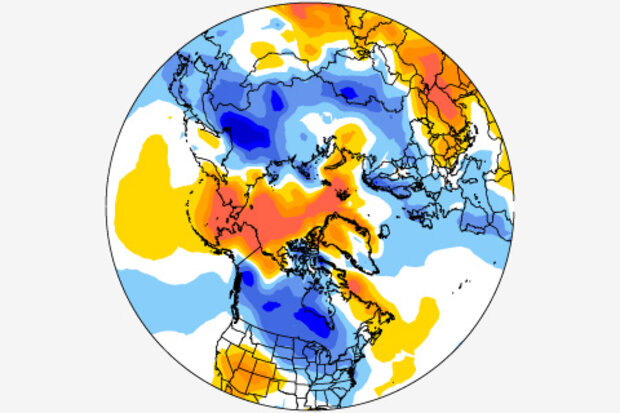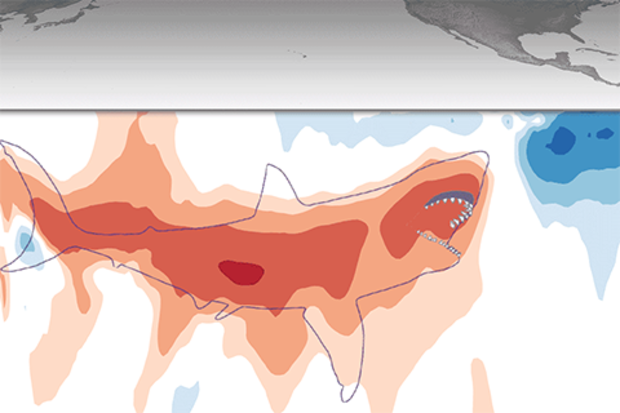ENSO Blog
Well, well, well… what have we here? Favorable conditions for El Niño to develop? The June ENSO forecast estimates a 50% chance of El Niño developing during the late summer or early autumn, and an approximately 65% chance of El Niño conditions in the winter, so forecasters have instituted an El Niño Watch.
Who’s on first
Before we get into the potential for El Niño, let’s talk about right now. We are in neutral, and forecasters expect that ENSO-neutral conditions will play on through the summer. The surface temperature of the tropical Pacific Ocean is close to the long-term average in most areas, including the Niño3.4 region (our primary monitoring region for ENSO), which was smack-dab…
Read article
Tell someone you forecast for a living and they often think of their favorite weather broadcaster. “Are you on TV?” is the second question asked after “Oh, great! Can you tell me what I should bring/wear tomorrow?” After an awkward pause, I tell them I don’t forecast the daily weather, instead, I forecast the climate (the awkward pause explains why I prefer blogging over TV).
So, what exactly do you do?
First, confession time: my expertise is in forecasting ENSO, but luckily, my colleagues at the NOAA Climate Prediction Center (CPC) are the world-class forecasters who provide climate outlooks. If you’re a regular reader of the ENSO blog, then you have already…
Read article
First off, happy blogiversary to our readers and the ENSO blog team! Hard to believe my first post was four years ago this month. Who would have thought we would still have so much to say about ENSO and the world of climate forecasting? If you’re new to us, or want to revisit old favorites, be sure to check out the index page our amazing editor put together.
Sayonara, sweetheart
Onward! Our next order of business is to bid adieu to La Niña, as the sea surface temperature in the tropical Pacific returned to neutral conditions in April—that is, within 0.5°C of the long-term average.
The temperature of the water below the surface remained above-average, as the large area …
Read article
This is a guest post by Dr. Amy Butler (@DrAHButler) who is a research scientist at the University of Colorado Cooperative Institute for Research in Environmental Sciences (CIRES) and sits within the NOAA Chemical Sciences Division (CSD). She is a returning guest author, and her research focuses on large-scale climate patterns and phenomena, such as the Arctic and Antarctic Oscillations and sudden stratospheric warmings.
Spring hasn’t come quickly enough for many of us who feel battered by the wild winter weather over the past couple of months. Multiple nor’easters brought feet of snow to the northeastern U.S., while severe cold and winter storms punished portions of…
Read article
La Niña conditions prevailed through March, but it’s very likely the great La Niña of 2017–18 is a sinking ship. ENSO-neutral conditions are expected to arrive within the next couple of months, meaning sea surface temperatures in the central Pacific will return to near the long-term average.
Amity Island
The Niño3.4 Index, our very favorite measurement of the central Pacific sea surface temperature, was about 0.5°C cooler than average over the past week, according to the weekly OISST data set. This anomaly (the departure from the long-term average) is just on the border of neutral conditions: when the Niño3.4 Index is in between -0.5°C and 0.5°C.
Of course, when we’re talking EN…
Read article




